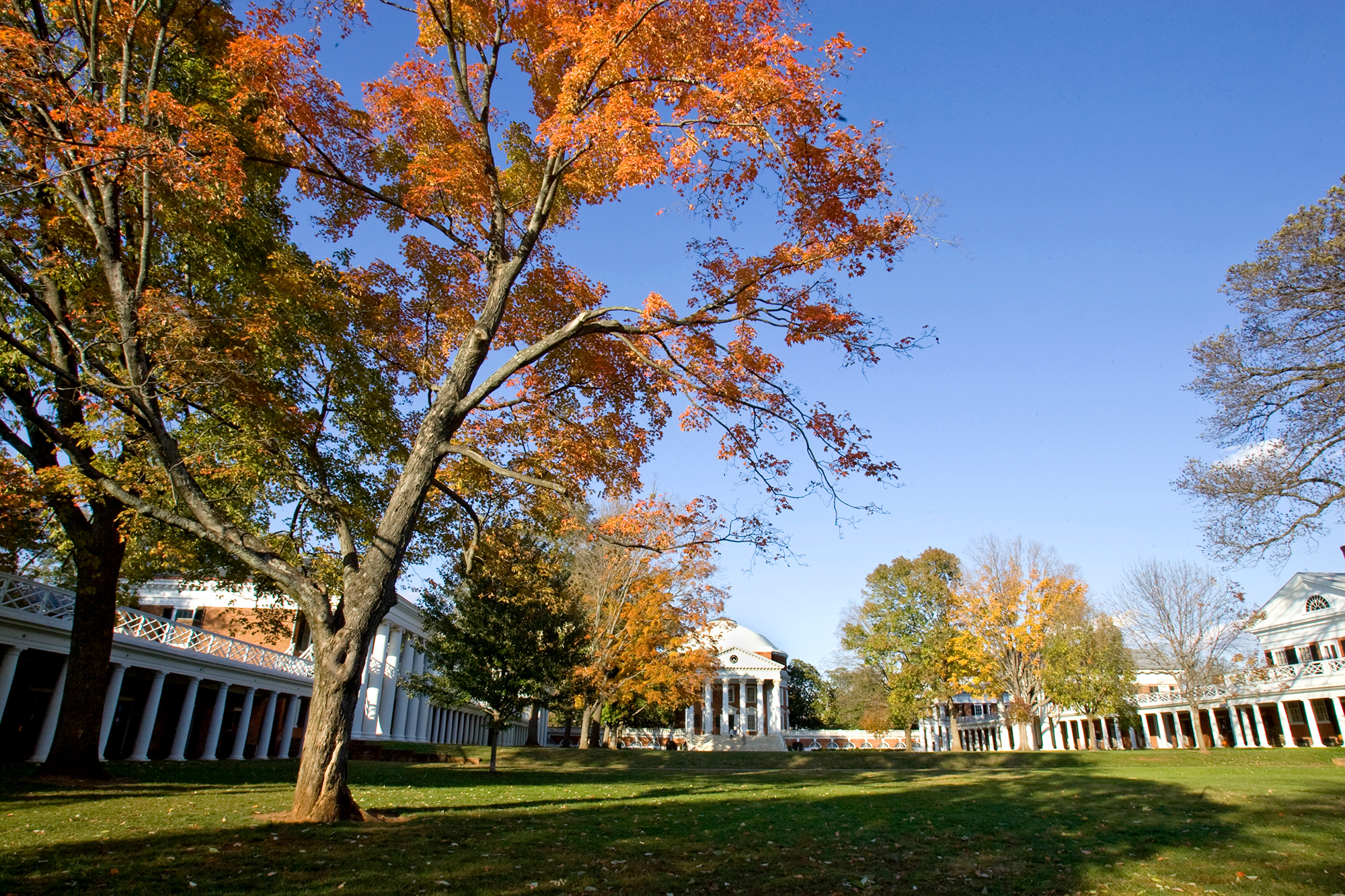The approaching wave of faculty retirements is both a looming threat and a rare opportunity for the University of Virginia.
At a meeting of the Board of Visitors Friday, Executive Vice President and Provost John D. Simon said as much as 35 percent of the University’s 1,000 tenured and tenure-track faculty will retire by 2020. That projection assumes a retirement age of 68 and that faculty leave for no other reasons than retirement – both of which Simon said are unlikely.
“Over the next seven years, who we hire will define this institution,” he told the members of the External Affairs Committee. “We need to do it well and attract the best, offer competitive compensation, assure we have outstanding facilities for teaching and research, provide opportunities for our faculty to grow in their careers, participate in the forefront of education and scholarship, and enable them to work globally.”
The turnover projections do not include faculty at the Medical Center, nor do they account for expected increases in student enrollment, which will require additional faculty.
The scope of the retirement challenges and the scale of the costs associated with retaining U.Va.’s best faculty and bringing in the next generation left committee members speechless for a moment, but lively discussion soon followed.
“I think we’re all kind of stunned,” committee chair John L. Nau III said when no committee members asked questions immediately after Simon’s presentation.
Soon after, Nau and other committee members praised the provost’s comprehensive report and stressed their interest in finding solutions, which could include raising money through philanthropy, establishing endowments and other avenues.
“Hopefully, the message gets to the faculty that we’re going to be part of the solution,” Nau said.
The wave of retirements among college and university faculty was long-predicted. The Board of Visitors during its May meeting hosted a dinner to honor 61 retiring faculty, many of whom joined U.Va. in the 1980s, ’70s and even the ’60s.
Simon said the faculty turnover is uneven among schools. The McIntire School of Commerce, for example, could have as few as 10 percent of faculty retire in the next seven years. But the rate could be has high as 40 percent in the College of Arts & Sciences, the Curry School of Education, the School of Engineering and Applied Science and School of Nursing.
“Over seven years, we need to hire about 6 percent of the faculty per year in these schools just to stay even,” he said.
The School of Law and Darden School of Business, which are financially self-sufficient, can expect 34 percent turnover due to retirements in the same period. Those schools face fierce competition for faculty recruits, almost entirely from private universities with deep pockets and aggressive strategies, the provost said.
Retaining faculty is also growing more expensive, in part because pay for U.Va. faculty has stagnated and competition for the top scholars is intense. Simon’s report estimated that in the College and in Engineering, retention costs have reached about $1 million annually.
“We likely end up paying more for faculty than had we maintained a competitive salary review-and-raise cycle,” he said.
The board is expected to hear more details at its November meeting about a proposal from President Teresa A. Sullivan to raise faculty salaries during the next five years, one of her highest priorities.
In his report to the committee, Simon highlighted the added costs of hiring faculty in science, technology, engineering and math – the high-demand STEM fields. Such research-oriented faculty often require laboratory equipment and support, known as “startup” funding, which can cost up to $1 million for junior faculty and several million for senior hires.
With many STEM openings anticipated in the coming years, Simon reported that the College and Engineering combined will have an estimated $44 million in one-time startup costs over the next seven years that aren’t covered by existing resources.
“The competitiveness of startup packages is critically important among faculty candidates with multiple offers,” he said. “It sends them a message about the level of commitment to research they can expect here.”
With philanthropy expected to play a key role in faculty recruitment, retention and pay efforts, Robert D. Sweeney, senior vice president for development and public affairs, told the committee that the need to sustain the University’s excellence by securing the next generation of faculty leaders is a message that should resonate in fundraising efforts.
“I believe that is a very compelling argument,” he said.
In closing his report, Simon stressed the challenge and opportunity ahead.
“The University of Virginia must seize this opportunity to hire the next generation of thought leaders who will bolster the University’s reputation as a premier institution – with a liberal arts college at its center and core, embedded in an array of outstanding professional schools,” he said, adding, “We should be excited about this opportunity to hire the next generation.”
Media Contact
Article Information
October 22, 2012
/content/looming-faculty-retirements-present-challenge-opportunity

